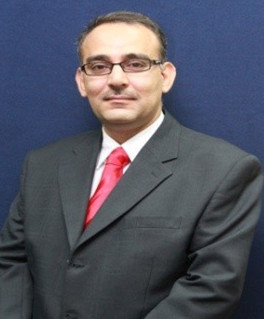Abstract—Nowadays, ocean energy has attracted more attention among the researchers due to its massive energy potential. As designing, constructing and testing prototypes are both expensive and time consuming, recently, many researchers have developed numerical wave tanks to simulate the behaviour of the waves as well as the interaction of waves with wave energy converters. This paper aims to model numerical wave tanks, using waves2Foam - a solver within OpenFOAM, to show the propagation of waves, as well as different wave breaking types. Firstly, a flat-bottom wave tank is modelled in order to simulate both generation and absorption of the waves. Such results are benchmarked against laboratory experiments data and the comparison between simulation and experiment results showed a good agreement. Furthermore, some additional cases are modelled to assess the capability of waves2Foam in absorption of waves’ reflection from the outlet boundary. Secondly, different sloped wave tanks are modelled to investigate the capability of waves2Foam in properly simulating wave breakings. Results demonstrated that waves2Foam is not only able to well simulate wave generation and absorption but it is also able to simulate all types of wave breaking. This work presents waves2Foam as powerful toolbox which can properly model waves based on different wave theories. However, some limitations of the solver were identified.
Index Terms—Breaking waves, numerical wave tank, OpenFOAM, relaxation zone, Stokes wave theory, waves2Foam.
The authors are with the University of Coimbra, Department of Mechanical Engineering, Polo II, 3030-788 Coimbra, Portugal (e-mail: behrang.chenari@student.dem.uc.pt, shivasaadatian@student.dem.uc.pt, almerindo.ferreira@dem.uc.pt).
[PDF]
Cite:B. Chenari, S. S. Saadatian, and Almerindo D. Ferreira, "Numerical Modelling of Regular Waves Propagation and Breaking Using Waves2Foam," Journal of Clean Energy Technologies vol. 3, no. 4, pp. 276-281, 2015.


